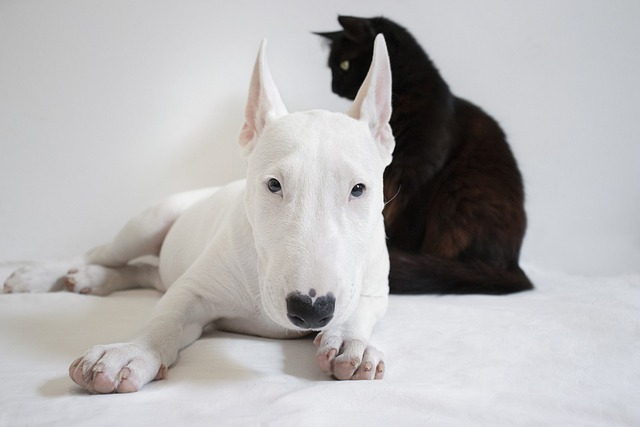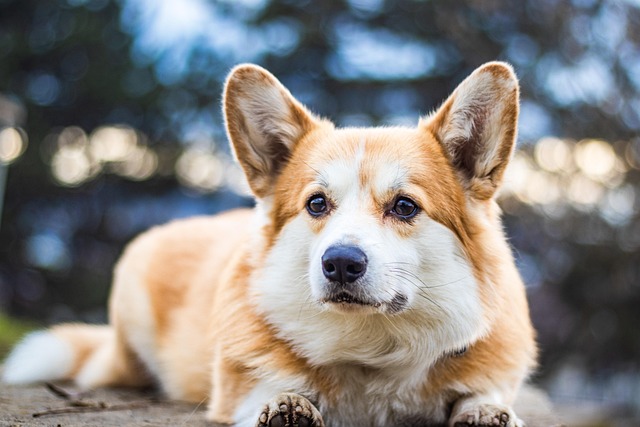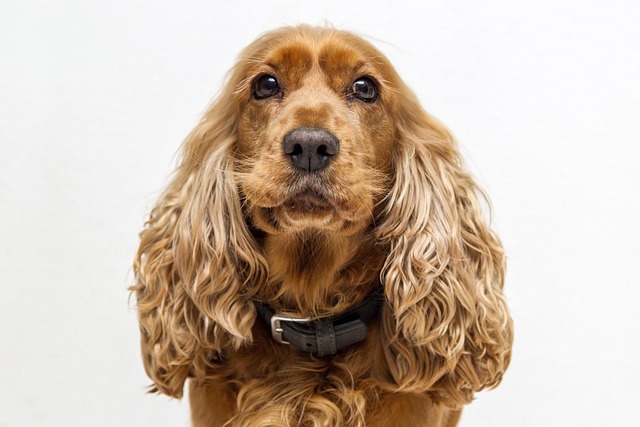Teaching a puppy to navigate stairs can feel like a high-stakes mission, but with the right approach, it’s a skill they’ll master in no time. Stairs pose both physical risks—like slips and falls—and can trigger anxiety, so starting slow is key. Before you begin, ensure the staircase is safe: remove tripping hazards, secure loose rugs, and check that any open gaps between railings are too narrow for your puppy to squeeze through. Remember, local pet safety regulations often mandate certain staircase requirements, and it’s crucial to comply to avoid potential fines or, more importantly, keep your pup out of danger.
Begin by introducing your puppy to the stairs while keeping them on a leash. Let them sniff and explore the first few steps at their own pace. Most puppies are naturally curious, but some might be hesitant or scared. If your pup shows signs of fear—cowering, whining, or backing away—don’t force them. Instead, use positive reinforcement to build their confidence. Offer small, irresistible treats and plenty of praise when they simply approach the stairs, gradually encouraging them to put a paw on the first step.
 Once your puppy is comfortable with the initial steps, it’s time to start the descent. Crouch down a few steps below them, holding out a treat to lure them forward. Keep your voice calm and upbeat, using phrases like “come on” or “good boy/girl” to motivate them. When they take that first brave step, celebrate with enthusiasm! But watch out—puppies tend to be impulsive and might try to leap down. Maintain a firm but gentle grip on the leash to control their speed and prevent accidents.
Once your puppy is comfortable with the initial steps, it’s time to start the descent. Crouch down a few steps below them, holding out a treat to lure them forward. Keep your voice calm and upbeat, using phrases like “come on” or “good boy/girl” to motivate them. When they take that first brave step, celebrate with enthusiasm! But watch out—puppies tend to be impulsive and might try to leap down. Maintain a firm but gentle grip on the leash to control their speed and prevent accidents.
For larger staircases, break the training into smaller segments. Stop at a landing or every few steps, rewarding your puppy for their progress. This helps them build confidence incrementally rather than feeling overwhelmed by a long flight of stairs. And if you notice your puppy’s legs trembling or they seem overly tired, take a break. Pushing them too hard can lead to negative associations with stairs.
If your puppy is particularly stubborn or fearful, consider using a baby gate or barrier to block off access to the stairs except during training sessions. This way, you can control the environment and focus on teaching them in a safe, controlled space. Just make sure any barriers comply with local pet containment regulations to avoid issues.
As your puppy gets better at going downstairs, start to phase out the treats and rely more on verbal praise and affection. But continue to supervise them closely, especially for the first few weeks after training. Puppies grow quickly, and their coordination changes, so what seemed safe one day might pose new risks later.
Finally, remember that every puppy learns at their own pace. Some might conquer the stairs in a single training session, while others could take weeks. Don’t compare your puppy to others—trust the process and keep the training sessions fun. Teaching your puppy to navigate stairs isn’t just about convenience; it’s about opening up new adventures and ensuring they can move around your home and neighborhood safely. With patience and love, your little furball will soon be strutting down the stairs like a pro.

 Once your puppy is comfortable with the initial steps, it’s time to start the descent. Crouch down a few steps below them, holding out a treat to lure them forward. Keep your voice calm and upbeat, using phrases like “come on” or “good boy/girl” to motivate them. When they take that first brave step, celebrate with enthusiasm! But watch out—puppies tend to be impulsive and might try to leap down. Maintain a firm but gentle grip on the leash to control their speed and prevent accidents.
Once your puppy is comfortable with the initial steps, it’s time to start the descent. Crouch down a few steps below them, holding out a treat to lure them forward. Keep your voice calm and upbeat, using phrases like “come on” or “good boy/girl” to motivate them. When they take that first brave step, celebrate with enthusiasm! But watch out—puppies tend to be impulsive and might try to leap down. Maintain a firm but gentle grip on the leash to control their speed and prevent accidents.



